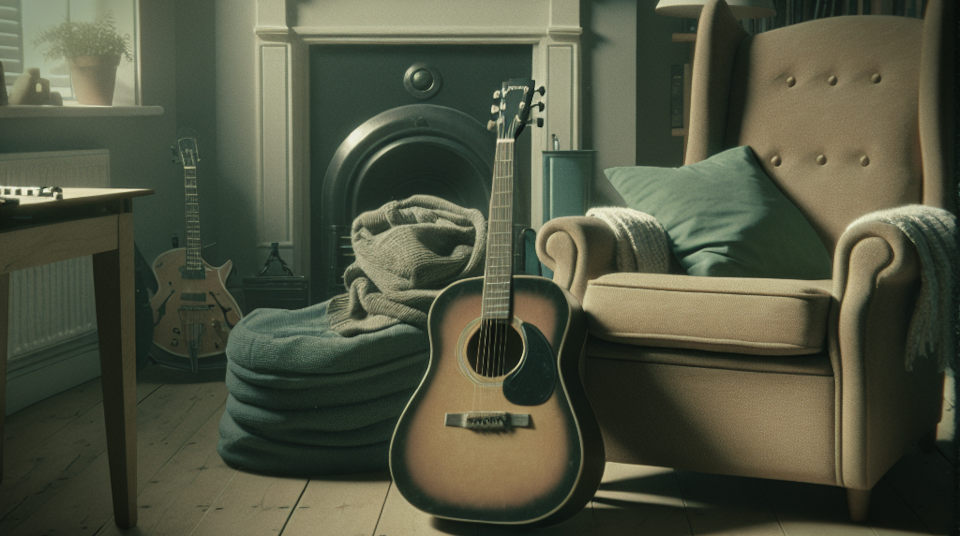My Journey with the Guitar: A Tale of Perseverance and Not So Sweet Melodies

A couple of years ago, I embarked on a musical adventure that would forever change my perspective on learning new skills and overcoming challenges. Why? Because it was painful. No really. It all started when I decided to learn how to play the guitar during lockdown. Armed with a beginner’s guide, a cheap guitar and an eager mindset, I delved into the world of strings and frets.
As a novice, I quickly realized that learning to play the guitar was no walk in the park. The intricacies of finger placement, rhythm, and strumming patterns seemed daunting at first. It reminded me of trying to solve a complex puzzle without any guidance or even understanding of the skills I really needed. However, I soon discovered the power of YouTube in unraveling this mysterious instrument.
To comprehend the concept of chord progressions, I turned to renowned music theorist Howard Goodall’s book “How Music Works.” His lucid explanations compared chords to building blocks in constructing harmonic structures within a song. This analogy helped me grasp how different chords fit together like Lego pieces, creating beautiful melodies and harmonies.
While grappling with difficult techniques such as fingerpicking, external sources became my guiding light. From John Williams’ classical guitar compositions to Tommy Emmanuel’s intricate fingerstyle arrangements, these virtuoso guitarists served as beacons of inspiration and knowledge. Their mastery showed me that persistence pays off and that even the most challenging techniques can be conquered with dedication.
Yet it is important not to get too caught up in perfectionism when learning an instrument. As legendary jazz musician Miles Davis once said, “Don’t fear mistakes; there are none.” Emphasizing this mindset enabled me to embrace imperfections as stepping stones towards improvement rather than barriers preventing growth.
Throughout my journey, experimentation played a crucial role in finding alternative approaches that suited my style of playing. For example, while struggling with barre chords initially, I discovered using partial barres or employing the thumb over the neck technique, as favored by Jimi Hendrix. These alternatives opened up a whole new world of possibilities and made playing certain songs more accessible.
Reflecting on my journey, I realize that my taste in music played a significant role in shaping my guitar-playing experience. From blues to classical, each genre offers unique techniques and approaches that ignite different emotions within me. Exploring various styles not only expanded my musical horizons but also enabled me to appreciate the diverse artistry of guitar legends like B.B. King and Andres Segovia. You know that I love Jazz so it should come as no surprise that I took inspiration there.
In the realm of music, historical context is paramount in understanding how genres have evolved over time. By studying influential figures such as Robert Johnson, whose soulful blues revolutionized the guitar’s role in popular music, I gained insight into the historical significance behind certain playing techniques and their impact on future generations of musicians.
As my guitar journey continues, I find solace in the progress I’ve made so far. The once insurmountable hurdles now seem like mere speed bumps on this melodious highway. Each strum brings me closer to achieving a level of mastery that allows me to express myself through this captivating instrument.
So if you’re contemplating learning to play an instrument or pursuing any other creative endeavor, remember that it’s not about reaching perfection straight away; it’s about embracing the process and enjoying every step along the way. With persistence and an open mind, you’ll uncover hidden talents within yourself and create beautiful harmonies that resonate with your soul. So grab your instrument of choice and embark on your own remarkable journey today!



